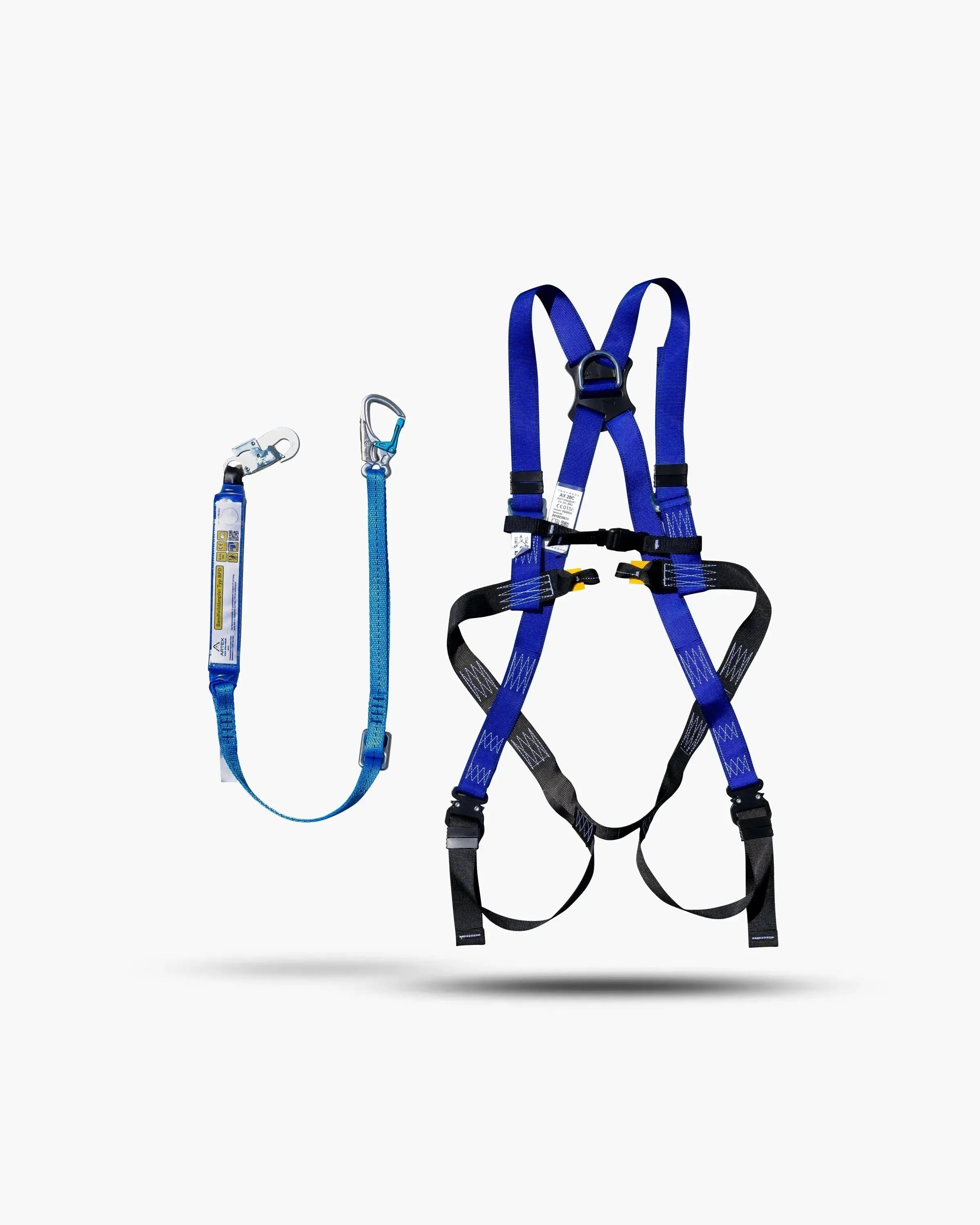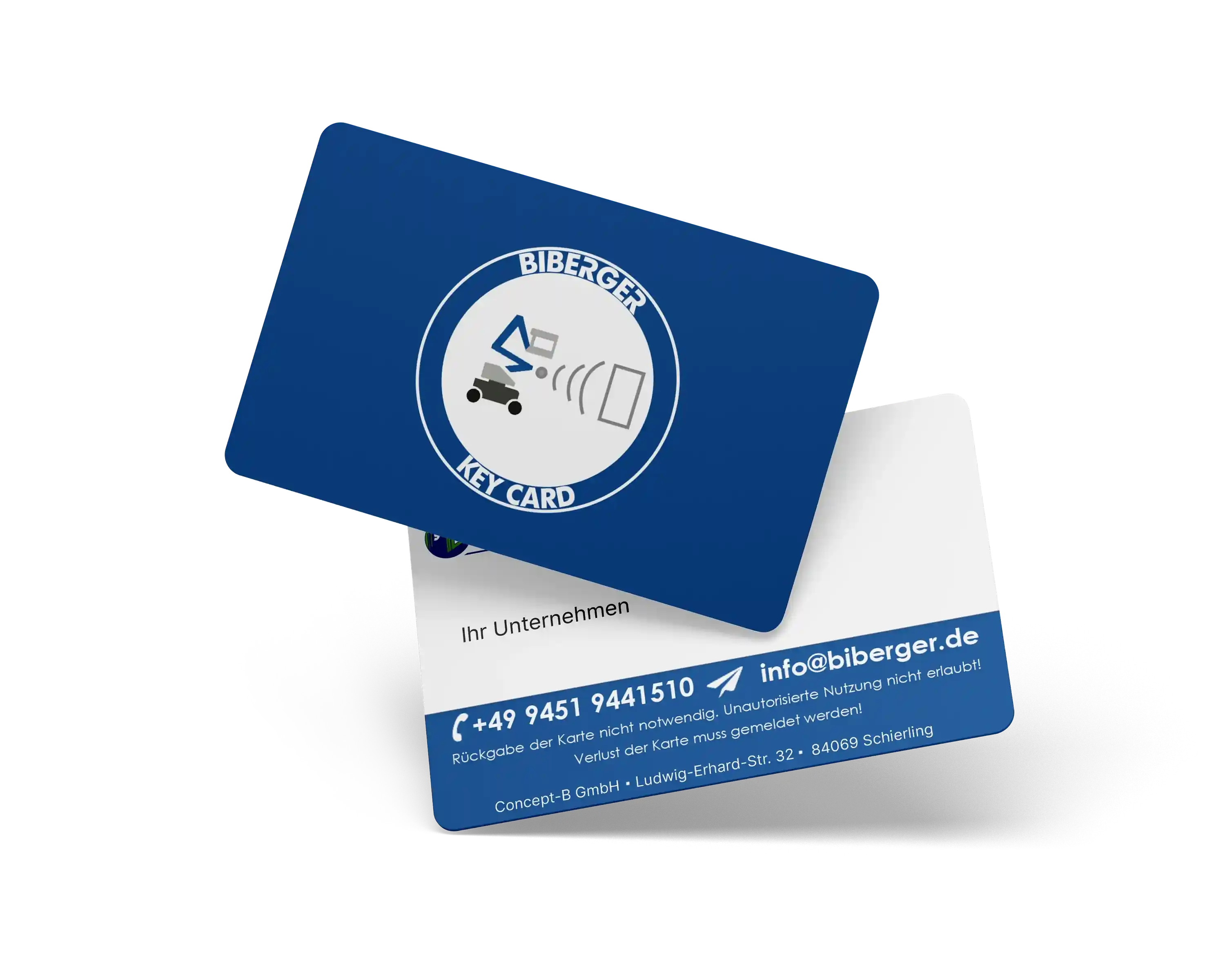Telehandlers are among the most versatile machines on construction sites, in agriculture and in the commercial sector. They combine the functions of a forklift, crane and wheel loader and impress with their telescopic arm, which is rigid or rotatable depending on the model.
But who is allowed to operate a telehandler? What requirements must be met to obtain a telehandler license? And how do the different models differ?
In this article you will find all the answers – practical, professional and clearly structured.
What is a telehandler and why is it so versatile?
Telehandlers , also known as telehandlers or telescopic loaders , are work machines with an extendable telescopic arm that can be equipped with attachments such as forks, loading shovels or a cable winch . This makes them flexible and suitable for numerous applications, from construction sites to agriculture. Their rigid structure or a rotating upper carriage enables loads to be moved precisely and transported to great heights.

A telehandler can be equipped with various attachments.
structure and functionality
A telehandler consists of a stable chassis, a hydraulic system and a telescopic arm. The arm can be extended and retracted, which significantly increases the versatility of the machine. Depending on the model and manufacturer, e.g. Magni or Merlo , different attachments can be used that expand the area of application. Technically speaking, these machines meet high requirements and must be regularly inspected by the TÜV to ensure proper operation.
How does a telehandler work?
Operating a telehandler requires trained personnel, as the machine must work safely on both stable and uneven ground. The telescopic arm is controlled using a hydraulic system. The operator can position the loads precisely, either using a rigid structure or a rotating upper carriage. Modern models reach top speeds of up to 40 km/h and are also approved for use on public roads, provided the machine is adapted accordingly.
Manitou, Merlo and Co. – Is every telehandler the same?
Not all telehandlers are the same. While brands such as Manitou, Merlo or JCB are leading, their models differ in terms of load capacity, size and technical details. Some telehandlers are specially designed for agricultural applications, others for industrial use. What they all have in common: They require legally correct instruction and regular training to ensure safety.
What driving license do I need for a telehandler?
In order to operate a telehandler, a valid driver's license in accordance with the driving license regulations is required. In most cases, a special telehandler license is also required, which includes training with theoretical and practical content. For agricultural telehandlers, a class L driver's license is often sufficient. For commercial use, however, a general qualification, e.g. an operator's ID card such as the SYSTEM-CARD forklift license , is mandatory.
Summary: The most important things at a glance
- Definition: Telehandlers are versatile work tools with an extendable telescopic arm.
- Areas of application: agriculture, construction and industry.
- Driving license: In addition to the forklift license, a special telehandler license is often required.
- Costs: A telehandler license costs around €250-500, depending on the training location and provider.
- Weight: Telehandlers weigh between 5 and 15 tons, depending on the model.
FAQ
Are telehandlers industrial trucks or cranes?
Depending on the area of application and attachment, a telehandler can be classified as an industrial truck or a crane. This classification influences which regulations apply.
Which telehandlers belong to level 1?
Level 1 includes telehandlers with rigid bodies and low load capacity. They are often intended for lighter work.
How much does a telehandler license cost?
The costs are between €250 and €500. Training includes theoretical and practical content and must be recognized by the professional association.
How much does a telehandler weigh?
The weight varies between 5 and 15 tons. Models with a rotating upper carriage are often heavier than rigid telehandlers and can weigh up to 24 tons.
How much does a telehandler cost?
Prices range from €50,000 for smaller models to over €150,000 for large, rotating telehandlers. Alternatively, you can rent a telehandler .
You can find out more about rental costs here.















Share:
Everything you need to know about the annual training for operators of aerial work platforms
Bridge inspection according to DIN 1076: regulations, procedure and technology